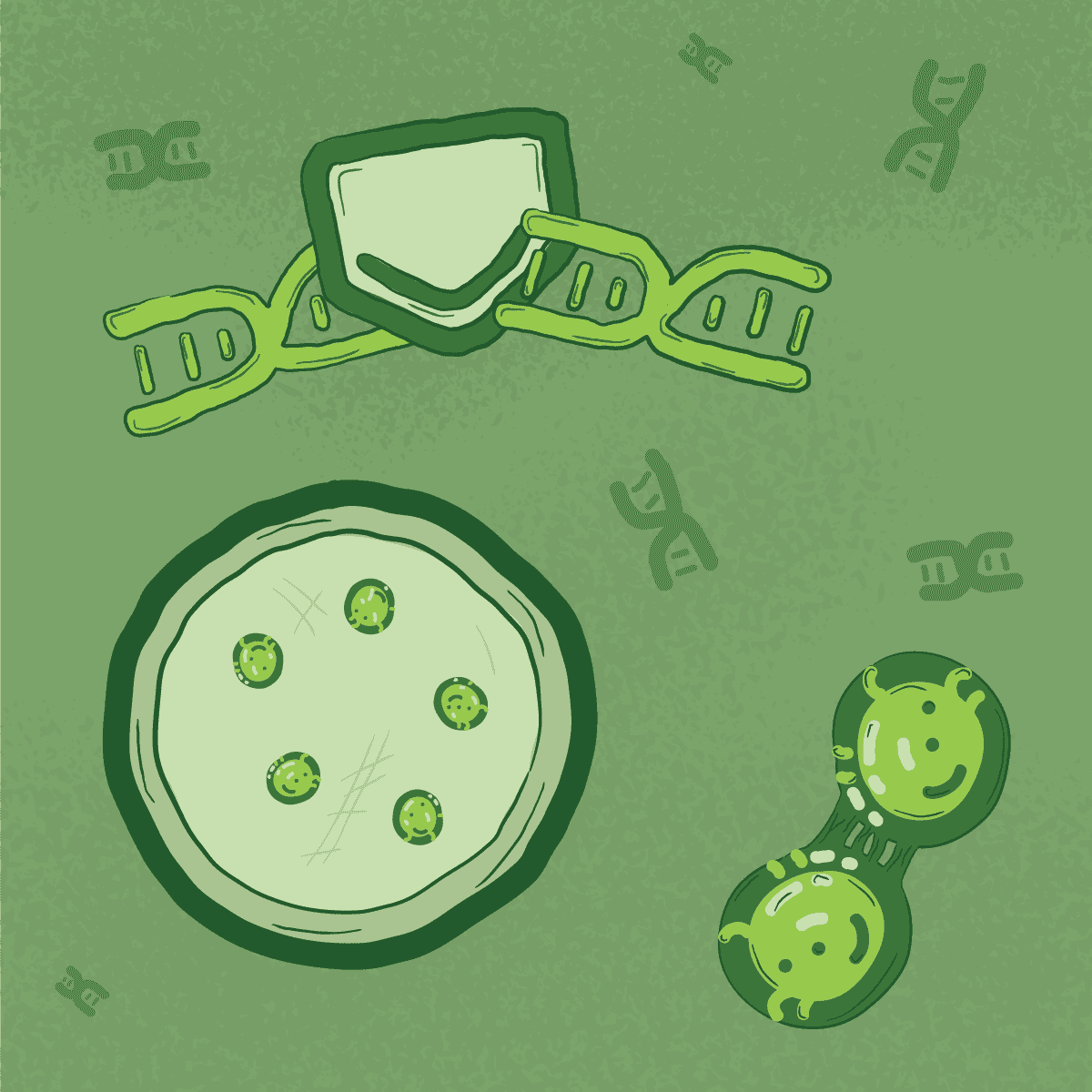Vectors
This collection of plasmid vectors includes basic cloning and subcloning vectors, bioluminescent reporter vectors for monitoring signaling events and miRNA activity, and protein expression vectors for use in cell-free and cell-based protein expression systems.
Vectors Product Groups
Cloning, Subcloning and Transcription Vectors
Routine cloning and subcloning vectors, including pGEM® and pSP Vectors.
microRNA and RNAi Vectors
Vectors that provide luciferase reporter-based indicators of RNAi activity and target miRNAs.
Protein Expression Vectors
Many choices for expressing cloned sequences in bacterial and mammalian cells, or cell-free systems.
Reporter Vectors and Cell Lines
Reporter gene vectors including firefly, NanoLuc® and Renilla luciferases, GFP and dual-reporter coincidence vectors. Also find cell lines stably expressing firefly luciferase.
Top Vectors Products for Your Lab
pGEM®-T Easy Vector Systems
PCR cloning vectors with 3 options for insert excision.
A1360, A1380
pCMVTnT™ and pTnT™ Vectors
Express cloned genes in vitro or in vivo. pCMVTnT™ Vector contains a CMV enhancer/promoter region, enabling strong constitutive expression in many cell types, while RNA phage promoters enable RNA synthesis in vitro.
L5620, L5610
Cytokine Signaling Pathway Analysis Firefly Luciferase Vectors
Four vectors containing response elements (ISRE, SIE, SBE or STAT5RE) that are used to explore cytokine signaling pathways.
E4041, E3671, E4651, E4141
Vector Basics
Plasmid vectors are used as molecular tools to clone and transfer DNA fragments between cells. Commercially available vectors have been engineered and optimized for numerous specific research applications.
Basic cloning vectors include convenient restriction sites for easy insertion of DNA sequences cut with specific restriction enzymes. Cloning vectors often also include genes designed to make it easy to identify plasmids containing inserted DNA and are available with a variety of choices of promoter and other elements that make it easy to propagate the vector in the bacterial host of interest. Cloning vectors also include antibiotic resistance genes to allow selection of bacteria containing the vector of interest using media containing the relevant antibiotic.
T vectors are a specific type of cloning vector that get their name from the T overhangs added to a linearized plasmid. These vectors take advantage of the A overhangs on PCR products after amplification with Taq DNA polymerase by providing compatible ends for ligation of PCR-amplified DNA fragments.
The variety of ways in which plasmids may be manipulated for specific research purposes is practically limitless. Many Promega Vectors are reporter vectors containing various combinations of luciferase genes (firefly, Renilla, NanoLuc luciferase) with other genetic elements. The luminescence signal from these reporter vectors is used as an indicator of the activity of any gene/DNA element fused to the reporter.
Protein expression vectors are basic tools for production of proteins. Expression vectors include regulatory elements designed for efficient production of the recombinant protein in the host cell. Protein expression vectors may also append tags (such as His tag, HaloTag or green fluorescent protein) to the cloned protein to allow easy purification or imaging of the fusion protein.



